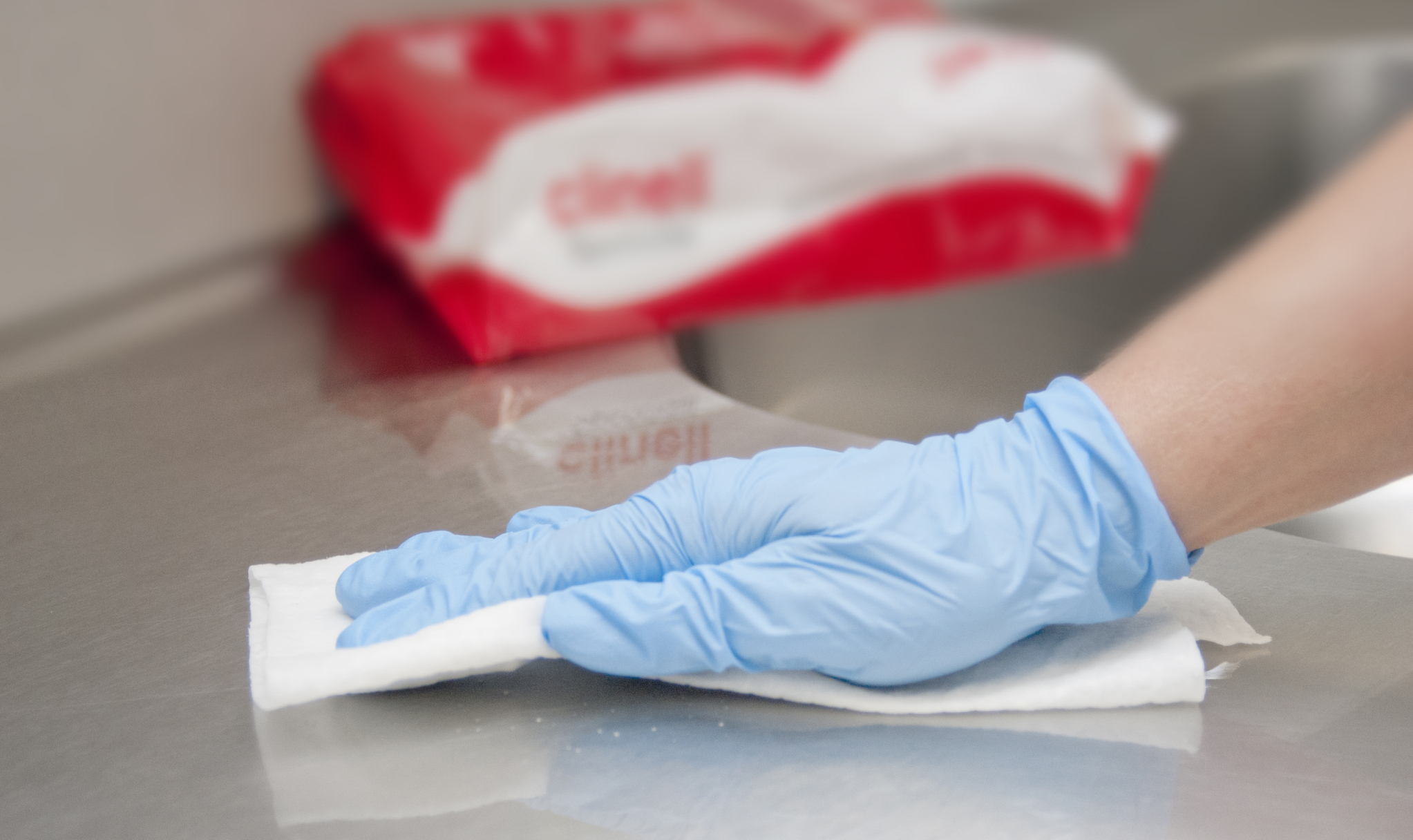The review provides a useful technical overview of the properties of a disinfectant wipe, in terms that can be understood by healthcare workers. This includes an overview of the various types of materials that are commonly used to make wipes (covering both woven and non woven). The paper discusses the relative advantages and disadvantages of dry wipes moistened with disinfectant in clinical practice, reusable wipes and ready-to-use wipes. The review finds that the most common trend in health care facilities is to use ready-to-use wipes because of their ease of use and reliability.
Professor John Boyce has written an excellent review article that provides an overview of hard surface disinfectant wipes in healthcare settings.

Part of the article is devoted to the different types of disinfectants commonly used in disinfectant wipes, and how possible interactions between the disinfectant and the wipes must be carefully weighed as a decisive factor determining their performance.
It also shows that disinfectant wipes are effective in reducing pathogen contamination on surfaces, thereby reducing the transmission of healthcare-associated infections. There is also an important section on promising emerging data on the effectiveness of some disinfectant wipes against bacteria in biofilm on dry surfaces.
Ready-to-use disinfectant wipes are more likely to provide effective cleaning because they do not require preparation in busy clinical environments. However, the role of human factors in the performance of disinfecting wipes is key. In particular, training and education are vital to ensure that disinfecting wipes are used effectively in clinical settings.
The review concludes with some useful recommendations, including the need for a standard, internationally accepted method for testing the efficacy of disinfectant wipes used in healthcare settings.
This article is a must-read for anyone interested in cleaning and disinfection in healthcare settings.
 Cookie preferences
Cookie preferences


